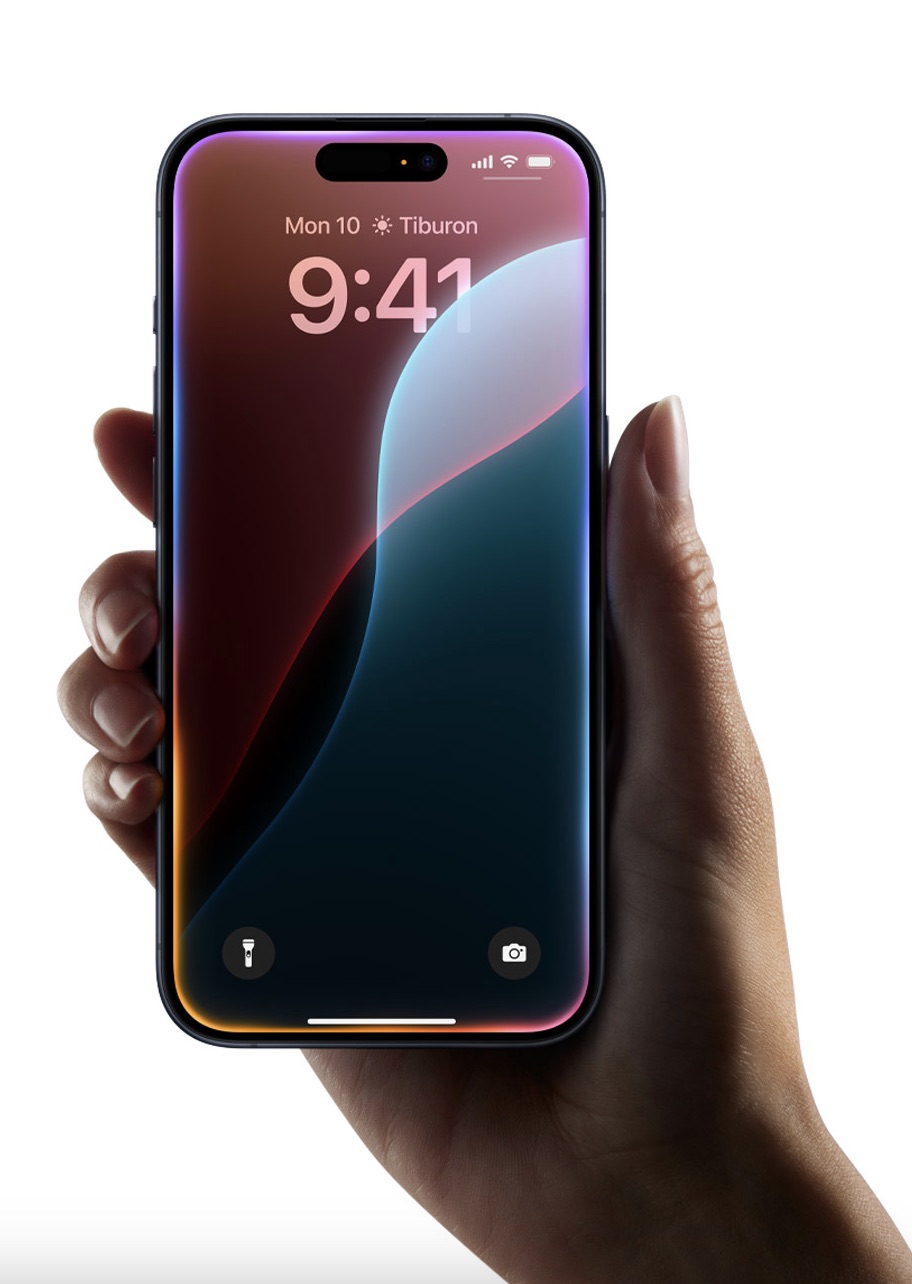Mobile Device Management (MDM) is a security program that allows IT departments to enforce policies that protect, track and manage mobile devices for end-users. This concerns not just smartphones but can extend to computers for tablets, notebooks, and even IoT (Internet of Things). In recent years, the number of data security breaches has increased. Many of these incidents have taken place from the malfunction of mobile devices leading to security breaches. Consequently, now more than ever before, IT managers are inclined to find techniques for managing these mobile devices securely. Therefore, Mobile Device Management involves maintaining the security posture of a corporate network whilst encouraging their users to use their devices more effectively.
It is expected from an average employee to Bring-Your-Own-Device (BYOD) into their company, but the BYOD concept still poses a massive threat to corporate security. As a result, IT managers need to find ways to promote the use of personal devices while maintaining work and personal data secure. In order to guarantee security and compliance, mobile device management has become an immensely essential part of the business. This is particularly the case with the widely distributed usage of office smartphones to access and use cloud-based business software that can boost performance and productivity.
Why do Businesses Need Mobile Device Management?
But without restrictions, this mobile infrastructure should not be expected to expand and flourish. Businesses at the enterprise level could face cybersecurity challenges and other security concerns generated by mobile devices if not handled effectively. Smartphones in the workplace expand the security risks and the attack surface of the organization when it comes to security. That’s where Mobile Device Management comes to play. Mobile Device Management software rectifies by offering a single platform where it is easier to observe and handle all mobile devices in use, as well as to authorize users with some form of identity management.
With these concerns in mind, mobile device management solutions have been proposed, offering a flexible, comprehensive, and detailed management solution that can monitor this mobile network while maximizing the efficiency at the same time.
Reasons as to why Mobile Device Management is required –
Poorly Maintained Mobiles Assets is a Security Concern:
The single biggest advantage of mobile device management is the enriched security it offers in the business. Security can be implemented to any single computer within the internal network with a mobile device management solution and establishing policies and procedures to direct actions in the aftermath of a potential security threat. If they are compromised, mobile device management solution can control remote access to highly sensitive information, facilitate user authentication, and remote data wiping of devices. Additionally, mobile device management can be used to ensure that software updates are up-to-date by patching well-known security vulnerabilities on the systems.
Lower Implementation Costs
Mobile device management solution for BYOD devices could be more cost-effective than buying the devices and applications for employees and also have to provide system management. However, several companies vouch that a well implemented mobile device management solution can save them a lot of money over time. In addition to these cost savings, other advantages are improved efficiency and freed-up resources and time.
Boost in Productivity
Mobile Device Management provides quick, efficient, and more effective management of teamwork and workflow allowing employees to do their tasks from both office and remote locations. Managers can delegate jobs and coordinate project teams seamlessly through mobile device management and assign tasks to employees and track their status of many all at once.
Features in Mobile Device Management Solutions
- Remote Support and Management
- Mobile Support and Management
- Application Access and Deny
- Passcode Strategy Implementation
- Device Tracking and Inventory
- Notifications and alerts to users preventing rooting and jailbreaking attempts to bypass restrictions
Conclusion
Mobile device management should ensure that all business’ sensitive information and data used on a mobile device can be barricaded to protect and secure those data, no matter if it is provided by the organization or brought in by their employees. Suppose a mobile device is misplaced or lost or stolen, mobile device management service can help trace the device or ensures that all company data is wiped, and if it couldn’t be retrieved, then the device is locked from further use. The rapid growth of mobile devices and cloud services can significantly contribute to business productivity and effectiveness. The outcome is the capability to provide access using smartphones and other mobile devices without jeopardizing the security. However, these advantages can be surpassed by the costs without the right mobile device management solution for your business.
Mobile Device Management (MDM) is a security program that allows IT departments to enforce policies that protect, track and manage mobile devices for end-users.












